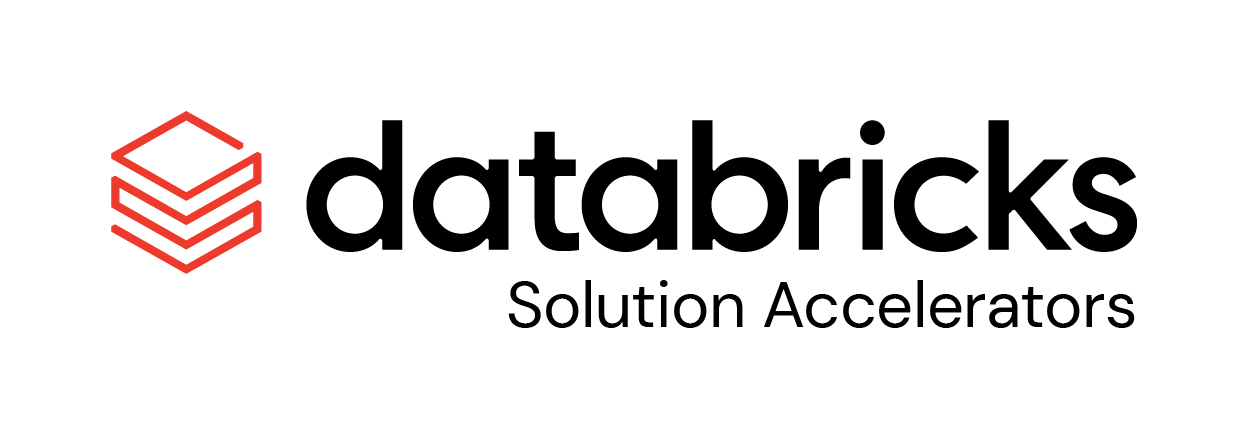The Internet of Things (IoT) is a foundational technology that enables the delivery of Industry 4.0 objectives within manufacturing and connected products. IoT data provides critical insights into manufacturing processes and product performance, enabling companies to optimize operations, improve quality, and deliver innovative products and services to customers.
In this solution accelerator, we show how to build a streaming pipeline for IoT data, train a machine learning model on that data, and use that model to make predictions on new IoT data. The pattern is applicable across many use cases like
- predictive maintenance
- digital twins
- remote monitoring
- asset optimization
- energy consumption optimization
- workforce optimization and safety
- and quality control
Databricks Lakehouse overcomes the limitations of legacy platforms for dealing with IoT data. In this solution accelerator you will:
- Ingest data from IoT message buses like Confluent Kafka, Azure Eventhub, AWS MSK or Google PubSub
- Load and transform IoT streaming data into Delta
- Surface insights like anomalies on streamed signals in near real-time
rafael.pierre@databricks.com, mike.cornell@databricks.com, jingting.lu@databricks.com, bala@databricks.com
© 2022 Databricks, Inc. All rights reserved. The source in this notebook is provided subject to the Databricks License [https://databricks.com/db-license-source]. All included or referenced third party libraries are subject to the licenses set forth below.
Although specific solutions can be downloaded as .dbc archives from our websites, we recommend cloning these repositories onto your databricks environment. Not only will you get access to latest code, but you will be part of a community of experts driving industry best practices and re-usable solutions, influencing our respective industries.
To start using a solution accelerator in Databricks simply follow these steps:
- Clone solution accelerator repository in Databricks using Databricks Repos
- Attach the
RUNMEnotebook to any cluster and execute the notebook via Run-All. A multi-step-job describing the accelerator pipeline will be created, and the link will be provided. The job configuration is written in the RUNME notebook in json format. - Execute the multi-step-job to see how the pipeline runs.
- You might want to modify the samples in the solution accelerator to your need, collaborate with other users and run the code samples against your own data. To do so start by changing the Git remote of your repository to your organization’s repository vs using our samples repository (learn more). You can now commit and push code, collaborate with other user’s via Git and follow your organization’s processes for code development.
The cost associated with running the accelerator is the user's responsibility.
Please note the code in this project is provided for your exploration only, and are not formally supported by Databricks with Service Level Agreements (SLAs). They are provided AS-IS and we do not make any guarantees of any kind. Please do not submit a support ticket relating to any issues arising from the use of these projects. The source in this project is provided subject to the Databricks License. All included or referenced third party libraries are subject to the licenses set forth below.
Any issues discovered through the use of this project should be filed as GitHub Issues on the Repo. They will be reviewed as time permits, but there are no formal SLAs for support.




